You’ve heard the pitch: a form of niacin that boosts circulation and cholesterol without the fiery flush. Sounds perfect. The catch? Most of the bold promises tied to flush-free niacin don’t hold up once you look at the pharmacology and the trials. If you want real results-not hype-here’s what the science says and how to use it smartly.
- TL;DR: Flush-free niacin (inositol hexanicotinate) doesn’t reliably improve cholesterol like nicotinic acid does. Small, older studies hint at benefits for cold hands/Raynaud’s and walking distance in peripheral artery disease, but evidence is modest.
- Expect little for LDL/HDL/triglycerides. If lipids are your goal, discuss proven therapies with your clinician.
- Dose used in studies: often 1-4 g/day, divided. Side effects are milder than classic niacin, but liver strain and glucose changes are still possible with long-term/high-dose use.
- Best fit: people exploring microcirculation support alongside lifestyle changes. Not ideal as a primary cholesterol tool.
- Track one measurable outcome for 8-12 weeks (e.g., Raynaud’s attack frequency, pain-free walking distance). Stop if there’s no clear benefit.
What Inositol Nicotinate Is-and Why It’s Different
The label might read "flush-free niacin," "inositol hexanicotinate (IHNi)," or "inositol nicotinate." They’re the same thing: six molecules of nicotinic acid (niacin) esterified to one molecule of inositol. Supplement brands position it as a gentle niacin that doesn’t cause the prostaglandin-driven skin flush.
Two important distinctions:
- Nicotinic acid (the classic, flushing niacin) activates the HCA2/GPR109A receptor and can shift lipids-though outcome trials haven’t shown cardiovascular benefit when added to statins.
- Inositol nicotinate breaks apart slowly, releasing little free nicotinic acid into the bloodstream. That’s why it rarely causes flush-but also why it typically fails to change LDL, HDL, or triglycerides in a meaningful way.
Don’t confuse it with nicotinamide (niacinamide). Nicotinamide doesn’t flush and doesn’t lower lipids either, but it’s used for skin and NAD metabolism research. These forms behave differently.
Bottom line: the chemistry that makes IHNi easier to tolerate also blunts the very receptor activity that drives niacin’s classic lipid effects.
How It Works (and Where the Hype Overreaches)
Mechanism in plain English: IHNi is an ester that, once ingested, can liberate small amounts of nicotinic acid over time. Because the release is slow and often incomplete, peak nicotinic acid levels are low. Low peaks mean weak activation of the same pathways that give nicotinic acid its lipid effects and its flush.
What this likely means for outcomes:
- Lipids: Expect little change. Controlled head-to-head trials found that immediate-release nicotinic acid meaningfully moved HDL, LDL, and triglycerides; IHNi did not. Pharmacokinetic studies line up with that.
- Microcirculation: Older European studies suggested IHNi may improve red blood cell flexibility and peripheral blood flow slightly. People with cold hands, Raynaud’s, or mild claudication sometimes report warmer extremities or longer pain-free walks. Effects are modest and not universal.
- Flush: Much less common due to muted prostaglandin D2 release. If you do flush on IHNi, it’s usually mild.
Where modern cardiology sits on niacin: two large trials-AIM-HIGH (2011) and HPS2-THRIVE (2014)-showed that adding nicotinic acid to statin therapy didn’t reduce cardiovascular events and increased adverse effects. Major guidelines (ACC/AHA 2018-2023, ESC 2019-2023) have largely stepped away from routine niacin use for atherosclerotic risk reduction. IHNi, which is less potent on lipids than nicotinic acid, isn’t the answer here either.
The Evidence by Goal: Lipids, Circulation, Skin, and More
Here’s what controlled trials and reviews actually found. I’ll name the sources so you can look them up if you want to go deeper.
| Health outcome | What studies show | Approx. effect | Evidence quality | Typical dose & duration in studies | Primary sources |
|---|---|---|---|---|---|
| LDL/HDL/triglycerides | IHNi did not significantly change lipid fractions vs placebo, and was inferior to nicotinic acid. | No consistent LDL↓/HDL↑/TG↓ | Moderate (controlled comparisons) | 1.5-3 g/day, 8-12 weeks | McKenney et al., J Clin Pharmacol 1994; ODS NIH Niacin Fact Sheet |
| Peripheral artery disease (PAD) walking distance | Small, older RCTs showed modest gains in pain-free walking vs placebo. | ~10-30% increase in pain-free distance | Low to Moderate (older trials, variability) | 2-4 g/day, 8-16 weeks | Cochrane Review on vasodilators for claudication; European trials 1970s-1990s |
| Raynaud’s phenomenon | Small trials and case series suggest fewer attacks and warmer hands. | Small to moderate symptom relief | Low (small sample sizes) | 1-3 g/day, 6-12 weeks | European vascular medicine literature; narrative reviews |
| Tinnitus/migraine | No reliable benefit; negative or inconsistent findings. | No clinically meaningful change | Low | Varied | Mixed RCTs and case reports; no solid support |
| Glucose control | Niacin can worsen glycemia; IHNi appears gentler but not neutral at high doses. | Slight fasting glucose rise at higher intakes | Low to Moderate | ≥1.5 g/day, weeks to months | ODS NIH; glycemic sub-analyses in niacin trials |
| Liver enzymes | Occasional elevations with long-term/high-dose IHNi; lower risk than sustained-release nicotinic acid, but not zero. | Mild ALT/AST increases in some users | Low to Moderate | ≥2 g/day, months | Case series; safety reviews in pharmacovigilance data |
Three practical takeaways from the data:
- If your goal is to fix a lipid panel, IHNi is the wrong tool. Talk to your clinician about statins, ezetimibe, PCSK9/siRNA options, and lifestyle changes with proven outcome benefits.
- If cold digits or mild claudication are your main issues, IHNi might be worth a short, structured trial-especially if you don’t tolerate other options. Keep expectations modest and track results.
- IHNi may complement, not replace, first-line therapies (e.g., supervised exercise therapy for PAD; calcium channel blockers for Raynaud’s).
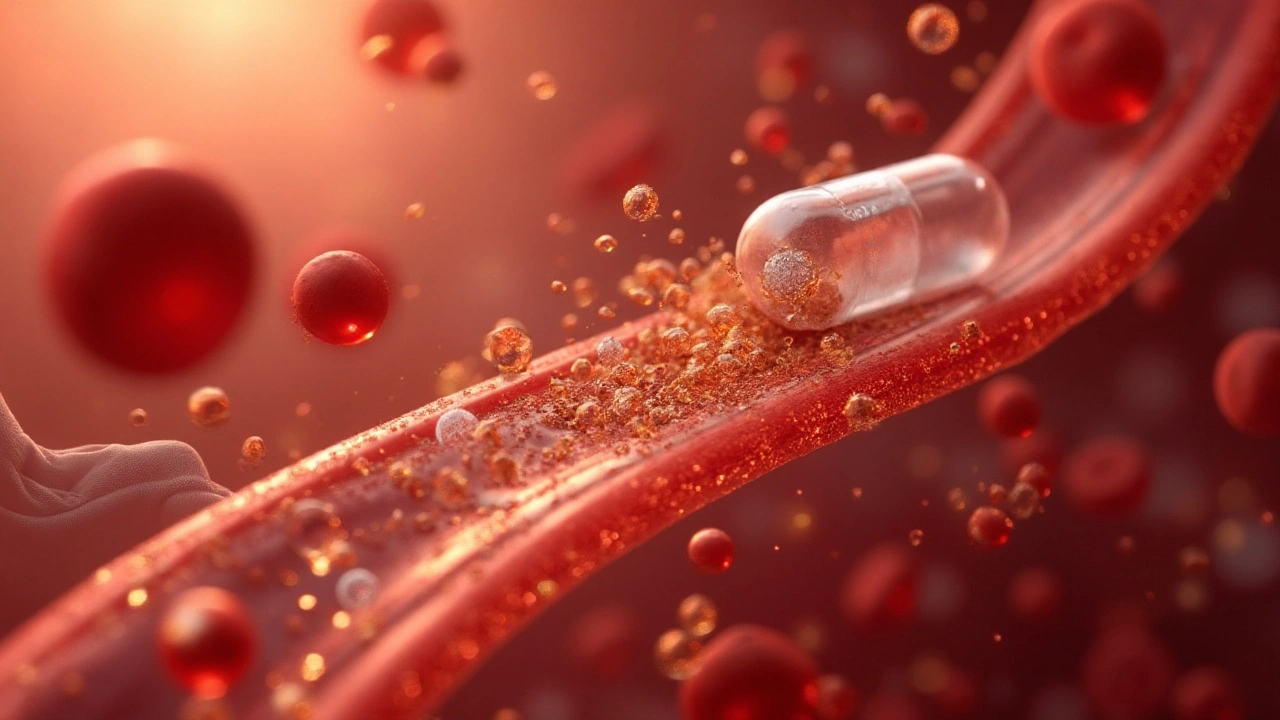
How to Use It Safely: Dosing, Stacking, and Red Flags
If you and your clinician decide to try IHNi, treat it like a proper trial. That means a clear goal, defined dose, and a stop date if it doesn’t help.
Suggested starting framework (for adults):
- Pick your one primary outcome to measure. Examples: number of Raynaud’s attacks per week; pain-free walking distance on a flat route; finger temperature on waking; a validated symptom score.
- Start low to check tolerance. 500 mg with food once daily for 3-4 days.
- Titrate if needed: move to 500 mg twice daily for a week, then 500 mg three times daily. Some studies used 1-4 g/day in divided doses; many people settle around 1.5-2 g/day if they’re going to see an effect.
- Track for 8-12 weeks. If your pre-defined metric doesn’t budge, park it. If you do notice a real change (e.g., 20% fewer Raynaud’s attacks), consider continuing while you focus on the bigger levers (exercise, vascular risk control).
Safety rules of thumb:
- Liver: If you’re considering ≥1.5-2 g/day for more than 8 weeks, baseline and follow-up liver enzymes (ALT/AST) are prudent-especially if you drink alcohol or take other hepatically metabolized meds.
- Glucose/uric acid: People with diabetes, prediabetes, or gout should monitor fasting glucose and uric acid. Niacin-family compounds can nudge both in the wrong direction at higher doses.
- Stomach: Take with food to reduce nausea. Avoid if you have active peptic ulcer disease.
- Interactions: Caution with anticoagulants (bleeding risk), antihypertensives (additive BP lowering), and high-dose statins (historically, niacin + statin increased adverse events; IHNi is milder but caution is wise). Always cross-check with your pharmacist or prescriber.
- Special populations: Skip during pregnancy and breastfeeding unless your clinician specifically recommends it.
What about stacking?
- PAD: The biggest wins are supervised walking therapy, smoking cessation, and risk-factor control (lipids, blood pressure, glucose). Cilostazol is a medication option for walking distance; discuss with your cardiologist or vascular specialist.
- Raynaud’s: Keep warm (layered gloves/socks, hand warmers), manage stress, and consider first-line meds like nifedipine if symptoms are frequent. IHNi can be an add-on experiment.
- Cholesterol: Don’t count on IHNi. Use diet quality (Mediterranean-style pattern), soluble fiber (oats/psyllium), plant sterols, and medication when indicated.
Buyer’s guide (so you don’t waste money):
- Names: Look for "inositol hexanicotinate," "inositol nicotinate," or "flush-free niacin." Avoid assuming it’s the same as nicotinic acid.
- Per-capsule dose: Commonly 500 mg. Serving sizes vary-read labels carefully.
- Quality marks: Choose reputable brands with third-party testing (e.g., USP, NSF, Informed Choice) or, in countries with regulatory listing, products that are properly registered.
- Additives: Minimal excipients, no megadose blends with overlapping niacin forms unless you understand the totals.
Quick Tools: Checklists, Decision Guide, and Examples
Use these to make a clean decision and a clean trial.
Is IHNi likely to help me right now?
- My main goal is improving my cholesterol numbers. → Choose alternatives with proven impact. IHNi is not a good fit.
- I have cold hands/Raynaud’s and can’t tolerate first-line meds or want a gentle adjunct. → A time-limited IHNi trial could be reasonable.
- I have PAD and want to walk farther. → IHNi may offer a small assist, but supervised exercise and vascular risk control are the heavy hitters.
Safety pre-check (5-minute screen):
- Any liver disease, heavy alcohol use, active ulcer, uncontrolled diabetes, or gout? → Talk to your clinician first.
- On anticoagulants, antihypertensives, or high-dose statins? → Pharmacist check before starting.
- Pregnant or breastfeeding? → Skip unless advised by your doctor.
Eight-week trial template (copy/paste):
- Outcome: "Cut Raynaud’s attacks from 10/week to ≤7/week by week 8."
- Dose: 500 mg with breakfast for 3 days → 500 mg twice daily for 7 days → 500 mg three times daily thereafter.
- Log: Daily count of attacks; note temperature exposure and stress.
- Stop rule: If no ≥20% improvement by week 8, discontinue.
- Safety: If dose ≥1.5 g/day and continuing beyond 8 weeks, get ALT/AST checked.
Real-world examples:
- Cold hands at the desk: You set a baseline-fingers feel numb 5 mornings out of 7. After two weeks at 1.5 g/day plus wearing thin liners under gloves on the commute, you’re at 2 mornings out of 7. That’s a keeper protocol.
- Weekend walking with calf pain: Pain-free distance is 400 meters. After 10 weeks of supervised treadmill intervals and tighter blood pressure control, you reach 600 meters. You trial IHNi during weeks 4-10 and suspect a small bump (to 650 m on cooler days). You’d keep the exercise regardless; IHNi becomes an optional add-on.
Mini‑FAQ: Fast Answers to Common Questions
Does flush-free niacin lower cholesterol?
No. IHNi doesn’t reliably raise HDL or lower LDL/triglycerides in controlled trials. If your aim is lipid change, discuss evidence-based therapies with your clinician.
Is it safer than regular niacin?
It tends to cause less flushing and may be easier on the stomach, but liver enzymes can still rise at higher doses and long durations. It’s not a free pass.
How long until I feel anything?
If you’re going to notice warmer hands or a small circulation benefit, it’s usually within 2-6 weeks, with a fair assessment window of 8-12 weeks.
Can I take it with a statin?
Historically, niacin + statin combinations increased adverse effects without adding cardiovascular benefit. While IHNi is milder, combining it with statins should be done only with your prescriber’s blessing and a clear reason.
What about NAD+ or niacinamide for energy?
Different conversation. Niacinamide and other NAD precursors target cellular metabolism, not lipids or circulation per se. Don’t conflate the benefits or doses across these forms.
Can it help tinnitus?
No strong evidence. Save your money on that front.
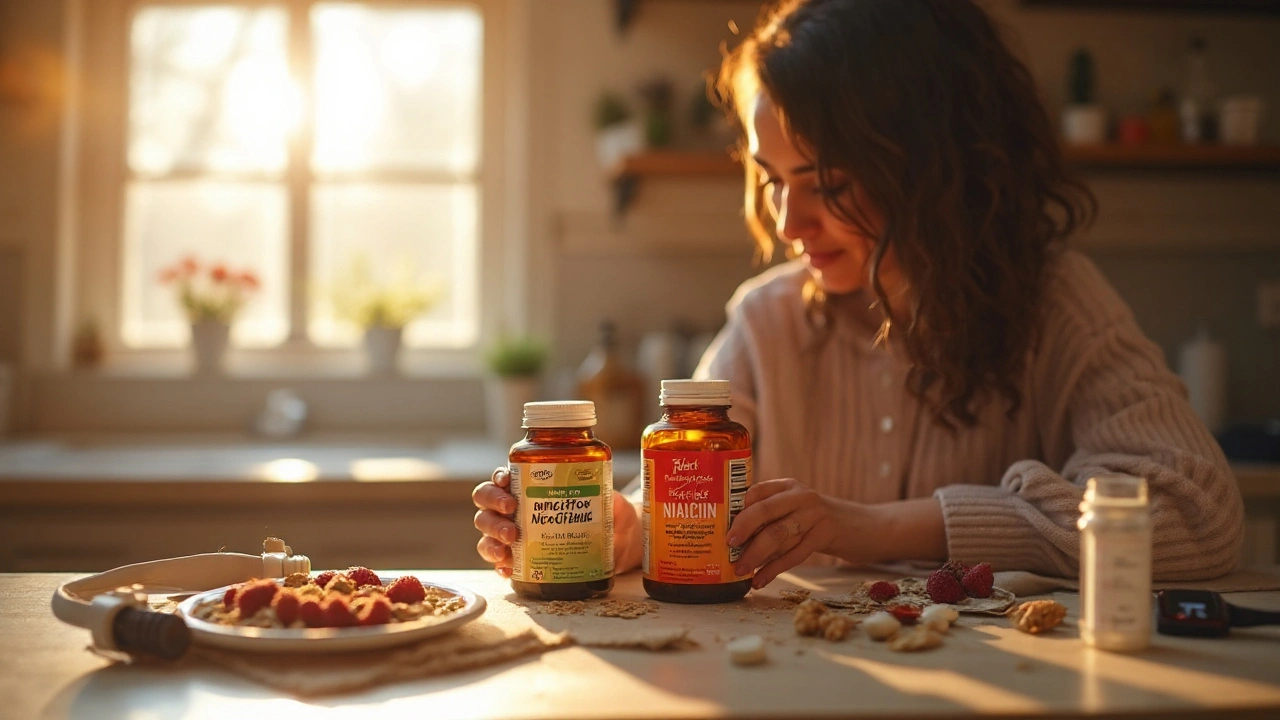
Next Steps and Troubleshooting
If you’re curious but cautious, here’s a simple path based on your main goal.
If your goal is lipid control:
- Book a review of your 10-year cardiovascular risk and lipid panel with your GP or cardiologist.
- Discuss therapies with outcome data: statins, ezetimibe, PCSK9 monoclonal antibodies or siRNA, and lifestyle upgrades (Mediterranean-style eating pattern, strength + aerobic activity, fiber 25-30 g/day).
- Skip IHNi here; it won’t move the needle on the numbers that matter.
If your goal is warmer hands/Raynaud’s relief:
- Start with triggers: cold avoidance, warming strategies, stress reduction.
- If attacks are frequent or severe, ask about calcium channel blockers (e.g., nifedipine). They have the best evidence.
- Consider an 8-12 week IHNi trial if you prefer gentle adjuncts. Measure attacks weekly. Keep or drop based on results.
If your goal is walking farther with PAD:
- Enroll in supervised exercise therapy if available; it’s the most effective non-surgical intervention.
- Make sure lipids, BP, glucose, and smoking status are addressed-these change outcomes.
- Discuss cilostazol and antiplatelet therapy with your clinician. IHNi may be tried as a minor adjunct if you’re curious and low-risk.
Troubleshooting common issues:
- Nausea or stomach upset: Take with meals, reduce dose, or split doses further. If it persists, stop.
- Mild itching or flush: Rare with IHNi; try taking it after food or at night. If it’s bothersome, discontinue.
- Labs drift (ALT/AST up, glucose up): Pause and retest. Reassess the risk/benefit-especially if benefits are small.
- No measurable benefit by week 8-12: Stop. Put your time and money into strategies with bigger returns.
Key references you can ask your clinician about: McKenney et al., Journal of Clinical Pharmacology (1994) showing poor lipid changes with IHNi vs nicotinic acid; National Institutes of Health Office of Dietary Supplements Niacin Fact Sheet; AIM-HIGH and HPS2-THRIVE trials for niacin outcome data; ACC/AHA and ESC lipid guidelines (2018-2023) for current practice positions; Cochrane reviews on vasodilators for intermittent claudication.
Use supplements as tools, not talismans. When you stack small helpers like IHNi on top of the big levers-training, nutrition quality, risk-factor control-you build progress that you can actually feel and measure.

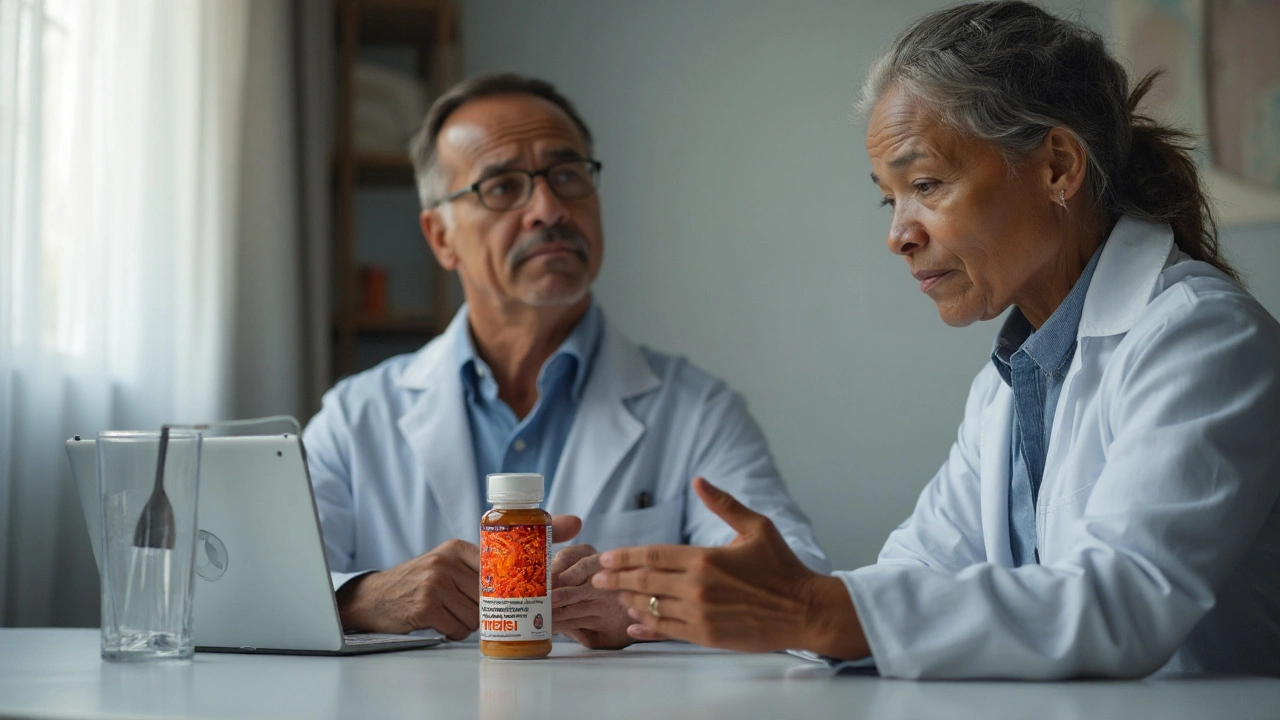

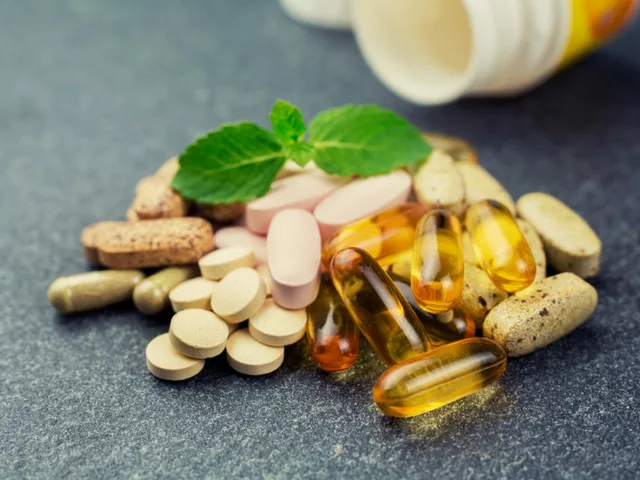
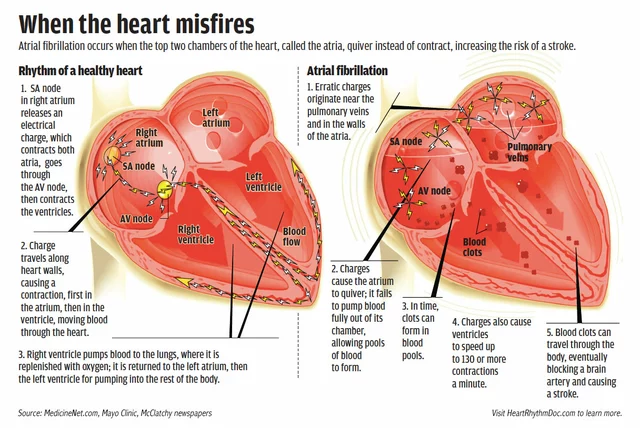
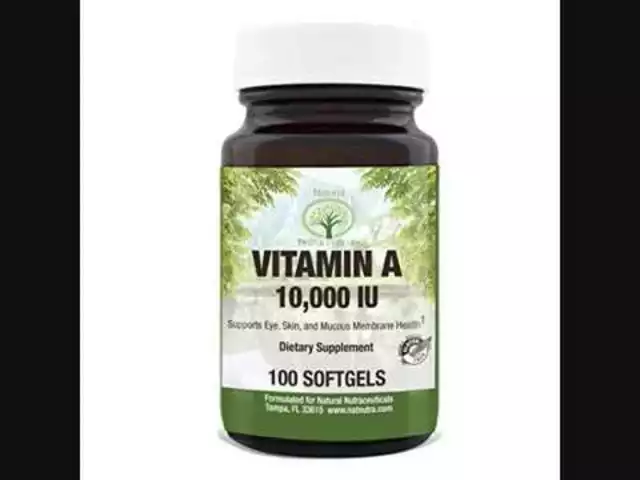
Reviews
Inositol nicotinate doesn't move lipids. End of story. The pharmacokinetics are clear: slow, incomplete hydrolysis means negligible free niacin in plasma. No surprise it fails where real niacin fails too. If you're chasing HDL boosts, you're chasing ghosts. Statins, ezetimibe, PCSK9 inhibitors - those have outcome data. This? Just fancy packaging for placebo energy.
And don't get me started on the "microcirculation" claims. Those 1980s European trials had n=32, no blinding, and were funded by supplement companies. We're not in the age of anecdote anymore.
I tried this for cold hands last winter. Took 1.5g/day for 10 weeks. No change in Raynaud’s attacks, but my liver enzymes crept up a bit. Stopped it. Still use gloves and hand warmers - way cheaper and way more reliable.
Also, the label says "flush-free" but I still got mild tingling. Guess that’s the placebo version of a flush.
Look - I get why people are drawn to this. We all want the easy win. The supplement that fixes everything without side effects. But science doesn’t care about our wishes.
Here’s the real win: walking 30 minutes a day. Eating more fiber. Not smoking. Those move the needle. IHNi? It’s like buying a fancy air filter for your car while ignoring the broken fuel line.
Don’t waste money. Waste time on movement. Waste energy on sleep. Waste passion on real change. That’s the stuff that lasts.
I appreciate how thorough this breakdown is. So many supplement posts are pure hype. This one actually gives you a framework to test it - pick one outcome, track it, stop if no change. That’s so much more responsible than just popping pills hoping for magic.
Also, love the note about liver enzymes and glucose. So many people don’t even think to check those. Thank you for reminding us that "natural" doesn’t mean "safe forever."
Of course the medical establishment hates this stuff. Why? Because it’s cheap. Because it doesn’t require a prescription. Because it doesn’t make Big Pharma rich. You think these trials are unbiased? The HPS2-THRIVE trial was funded by a pharmaceutical conglomerate that makes statins. They didn’t want niacin to work - flush or no flush.
And yet, thousands of people report real benefits. Warm hands. Less numbness. Better endurance. Where’s the placebo effect in those? You can’t dismiss lived experience just because it doesn’t fit your p-value.
Don’t be a slave to guidelines. Be a critical thinker. Try it. Track it. If it helps, keep going. If it doesn’t, fine. But don’t pretend you know better than someone who’s been cold for 20 years and finally feels a little warmth.
Oh, here we go. The supplement apologists crawling out of the woodwork. "Lived experience!" Yes, darling, your anecdote about your fingers being less blue is touching. But we’re talking about physiology here, not your feelings.
This isn’t about Big Pharma suppressing truth - it’s about basic biochemistry. If the molecule doesn’t release enough nicotinic acid to activate HCA2 receptors, it doesn’t do anything. Not because of conspiracy. Because of entropy. Because of molecular bonds.
And don’t even get me started on the "Cochrane Review" cherry-picking. Those old European trials were methodological disasters - no control for ambient temperature, no standardized walking protocols, no blinding. It’s embarrassing that anyone still cites them.
Stop romanticizing pseudoscience. You’re not a rebel. You’re just gullible.
Science is important. But so is culture. So is care. So is warmth - literal and emotional.
Let’s be honest - this whole flush-free niacin narrative is a distraction. The real story? The FDA never approved it as a drug. It’s sold as a supplement because loopholes exist. The same loopholes that let companies sell ‘miracle’ weight loss powders and ‘anti-aging’ creams made of crushed pearls.
They don’t need to prove efficacy. Just enough plausible deniability to say ‘some users report benefits.’ That’s all they need to sell it.
And the people who defend it? They’re not wrong - they’re just emotionally invested. They want to believe. And that’s more powerful than any clinical trial.
Great breakdown. Really appreciate the trial template - that’s the gold here.
For anyone reading this: if you’re considering IHNi, treat it like a science experiment on yourself. Not a lifestyle upgrade. Not a spiritual ritual. Just a variable to test.
And if you do try it - please, log your results. Even if it’s just a note in your phone. That way, when you stop, you know it wasn’t placebo. You know it was real. And if it wasn’t? You saved yourself months of false hope.
You’ve got this. Stay curious. Stay skeptical. Stay kind to yourself.